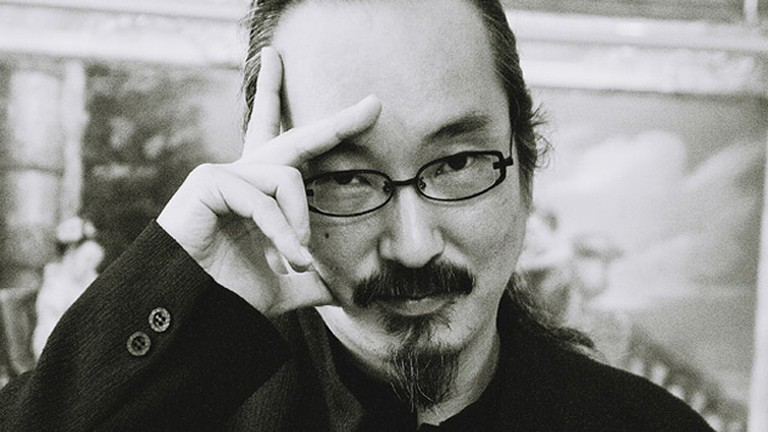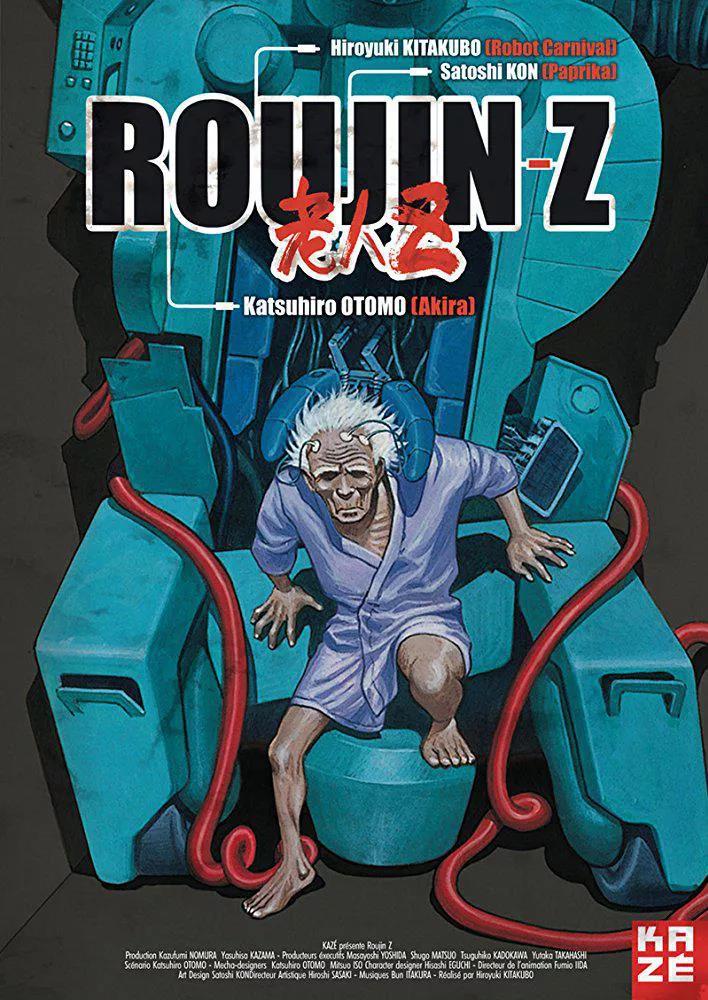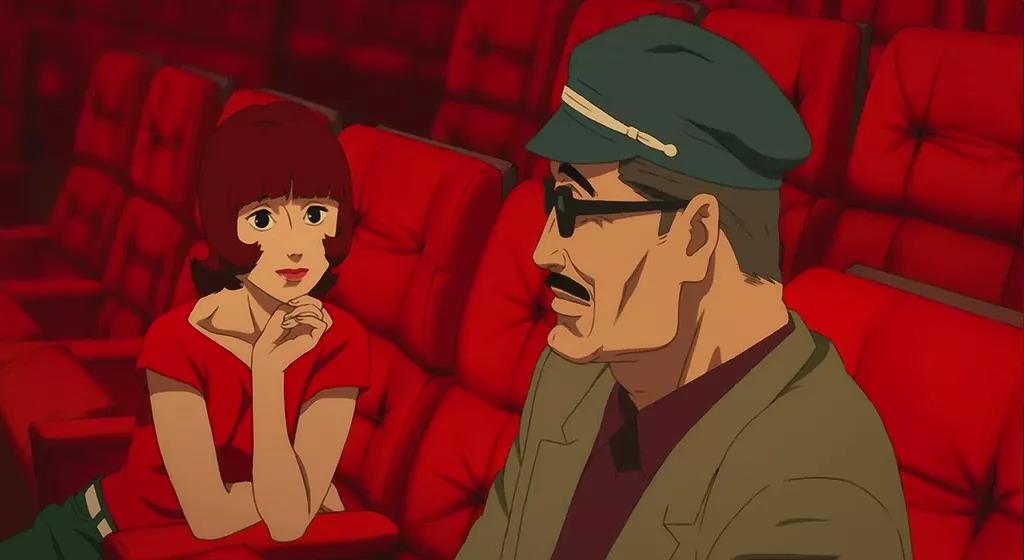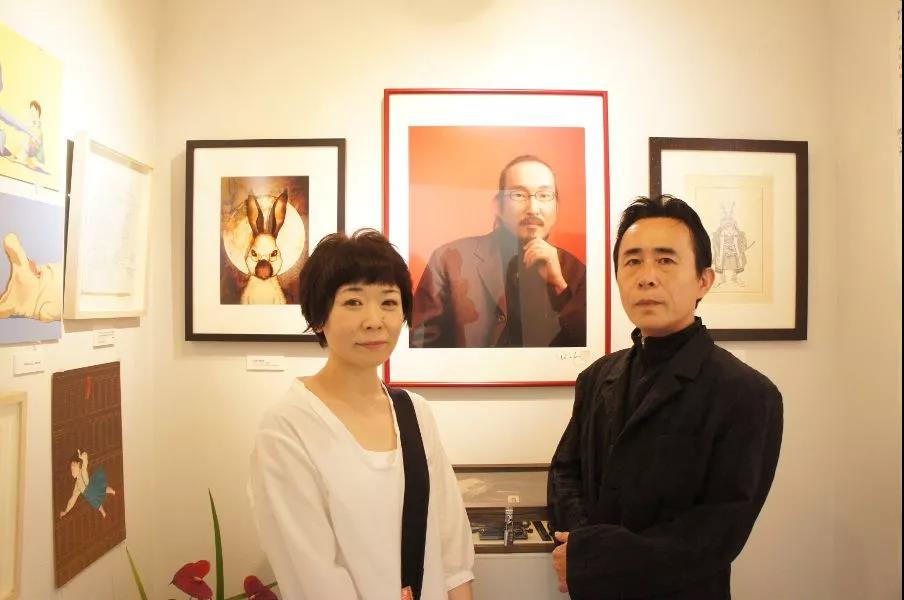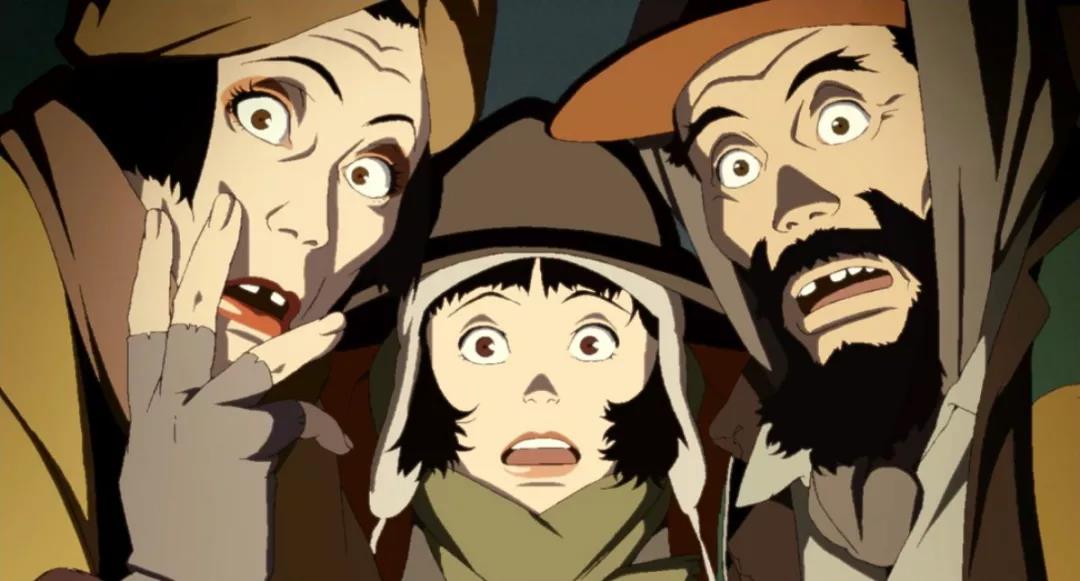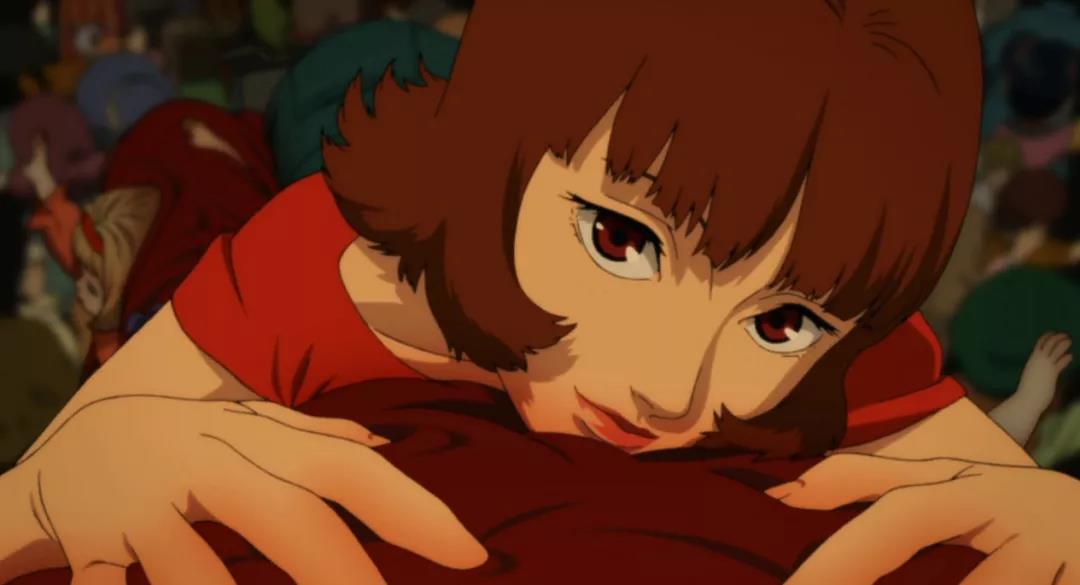The "Tribute to the Masters" section of the 23rd Shanghai International Film Festival (SIFF) previously announced a centennial retrospective of the films by the Italian film master Federico Fellini and a retrospective of the films by the film master and one of the founders of the French New Wave movement Claude Chabrol. Today, we would like to introduce to you the third film master for the SIFF “Tribute to the Masters” section – Satoshi Kon, a master Japanese animator.
Satoshi Kon
Satoshi Kon was born in Hokkaido, Japan on October 12, 1963. In his infancy, he was joked for "looking like a cartoon character", which seems to have been a prophecy. Kon loved manga since he was a child, and after attending several lectures on the entrance examination of Tokyo University of the Arts in Tokyo during a summer vacation of senior high school, he decided to engage in painting. He was later admitted to the Graphic Design department of Musashino Art University, which had an admission rate of only 5.8%. Kon studied one year and half more at the university because he “thought it real fun studying in college”. While at university, Kon gained social experience by drawing manga. And he went on to garner successes after graduation with his works winning awards. After receiving a Tetsuya Chiba Award, Kon officially debuted as a manga artist.
Although Kon started out as a manga artist, it was animations that really made him famous. Katsuhiro Otomo, director of the classic animated film AKIRA screened at last year’s SIFF, was his guide to animation. As the screenwriter of the animated film ROUJIN Z (1991), Katsuhiro Otomo recommended Kon as the art director and set designer of the film, thereby introducing the latter to animation. From then on, Kon worked in the animation industry while creating manga, gradually developing his own style.
A theatrical poster of ROUJIN Z
Kon always laughed at himself for being “really mediocre”, but in fact he impressed the whole world with his brilliant animations. Kon was fascinated by the narrative of "meta-movies". He was good at blurring the boundaries between reality and fantasy, fact and fiction, consciousness and subconsciousness, and creating countless dream worlds with snappy montages and neat narrative. While serving as the screenwriter, art director and set designer of the animated short MAGNETIC ROSE of MEMORIES (1995), Kon initially developed a "preference for intertwined reality and fantasy", which was reflected in his manga series OPUS, animated films PERFECT BLUE, MILLENNIUM ACTRESS, and PAPRIKA, and anime television series PARANOIA AGENT.
As a movie fan, Kon often incorporated film elements into his creations. The numerous films he viewed laid a solid foundation for his creation. Therefore, his animations often feel like live-action movies, and he would make references and pay tribute to countless classic live-action movies and characters in his works.
A still from PAPRIKA
Music is also the source of inspiration for Kon\'s animations, and Japanese musician Susumu Hirasawa is the direct motivation for his creation. Unlike other animators in creation, Kon liked to listen to music while conceiving story scenes. Although he was a fan of Hirasawa, it was after 2000 that they started collaboration, on MILLENNIUM ACTRESS, and the two worked together closely since then. Except TOKYO GODFATHERS, the animated TV series PARANOIA AGENT and the animated film PAPRIKA were both accompanied by a score by Hirasawa.
In most cases, Kon would ask Hirasawa to create music first, and he would then conceive the animation based on the "fresh" music. Hirasawa’s psychedelic electronic music inspired Kon’s many fantastic ideas, gave his works the overflowing agile vitality, and also attracted the audience to immerse themselves in the fantastic worlds made of wonderful notes and moving images again and again.
Satoshi Kon’s wife Kyoko Kon and Susumu Hirasawa
Kon was not only committed to animation making, but also promoted the animation industry. He was a founding member of the Japanese Animation Creators Association (JAniCA), an NPO dedicated to improving working conditions for workers in the anime industry. He also encouraged his fellow animators to expand their viewing habits beyond animation, recommending watching classic live-action movies to get more creative inspirations.
Although Kon only directed and completed six animated films and television series (including short films), he was internationally renowned and greatly admired for his extraordinary imagination and unique animation style. It is a pity that on August 24, 2010 he passed away untimely at the age of 47 due to illness. His life was a short yet fulfilled one. When making MILLENNIUM ACTRESS, he said, "I don\'t believe in reincarnation in the traditional sense. I hope that ‘With the circle of life going on forever, the soul will grow\' is true." His soul will certainly continue to go after that colorful dream in the circle.
In January 2020, Kon was posthumously awarded the Winsor McCay Award by ASIFA-Hollywood, the Los Angeles branch of the International Animated Film Association (ASIFA). He was also a recipient of many other major global animation awards such as the Animation Award of the Japan Media Arts Festival, the Tokyo Anime Awards, and the Best Animation Film Award of Canada’s Fantasia International Film Festival. His works were also shortlisted for the main competition at Venice Film Festival. As he was extremely influential in world cinema, his works have been imitated and referenced by many successors.
Satoshi Kon at the 2006 Venice International Film Festival
2020 is the tenth anniversary of Kon\'s death. The 23rd SIFF has decided to pay tribute to the master animator by screening three of his animated classics for the Tribute to the Masters program.
Millennium Actress
-2001-
Highlight: A millennium dream in cinema history
Two reporters interview the former movie star Chiyoko Fujiwara, who has lived in seclusion for many years, and unexpectedly fall into her powerful memories. Kon and musician Susumu Hirasawa cooperated for the first time. At a cost of 120 million yen, the anime was created with traditional hand-inked cels. The characters seamlessly glide between memories and reality through dynamic and lively cross-montages, constantly pursuing the ideal artistic life. The film not only shows the production behind the scenes of the Japanese film industry, but also opens up a vast Japanese Ukiyo-e print to the audience. It won the Grand Prize in the Animation category of the Japan Agency of Cultural Affairs Media Arts Festival, the Notable Entry Award in the Domestic Feature Film Category and Best Art Direction at Tokyo Anime Awards, and the Best Animation Film Award at Canada’s Fantasia International Film Festival.
Tokyo Godfathers
-2003-
Highlight: Satoshi Kon’s Christmas carol
Kon’s third animated feature film that he wrote and directed, inspired by the best-selling novel The Three Godfathers by American writer Peter B. Kyne, tells the story of three homeless people who accidentally discover an abandoned baby in the trash on Christmas Eve and set out to find its parents. An atypical road movie costing 300 million yen, the film wraps the core of a tragedy in a comedic shell, revealing the contradictions and estrangement of traditional families in modern Japanese society through its characters forming a pseudo-family. The film cleverly arranges miracle-like events and coincidences, and emits a glimmer of love and forgiveness against a dark tone. It won the Tokyo Anime Awards for Notable Entry, Best Art Direction and Best Director.
Paprika
-2006-
Highlight: Satoshi Kon’s last animated film
Adapted from the science fiction of the same name by Yasutaka Tsutsui. Kon prepared for this film for decades. Against a thriller background, the film tells the story of a therapist\'s pursuit of three stolen dreaming machines with unexpected dangers approaching. The epitome of Kon’s animations, it combines traditional hand-drawing techniques with lots of CG special effects. The director completely broke the boundaries between dreams, subconsciousness and reality, interspersed the film with stream of consciousness, and made references to a large number of classic movie scenes to create a crazy battle between good and evil. The famous voice actress Megumi Hayashibara lent her voice to the leading character and Kon and Yasutaka Tsutsui also gave their voices. The film was shortlisted for a Golden Lion at the Venice Film Festival, and won the Tokyo Anime Awards for Notable Entry and Best Music.
Follow us and stay tuned for the screening list of the 23rd Shanghai International Film Festival in 2020.
Note: The screening list may be subject to changes.


